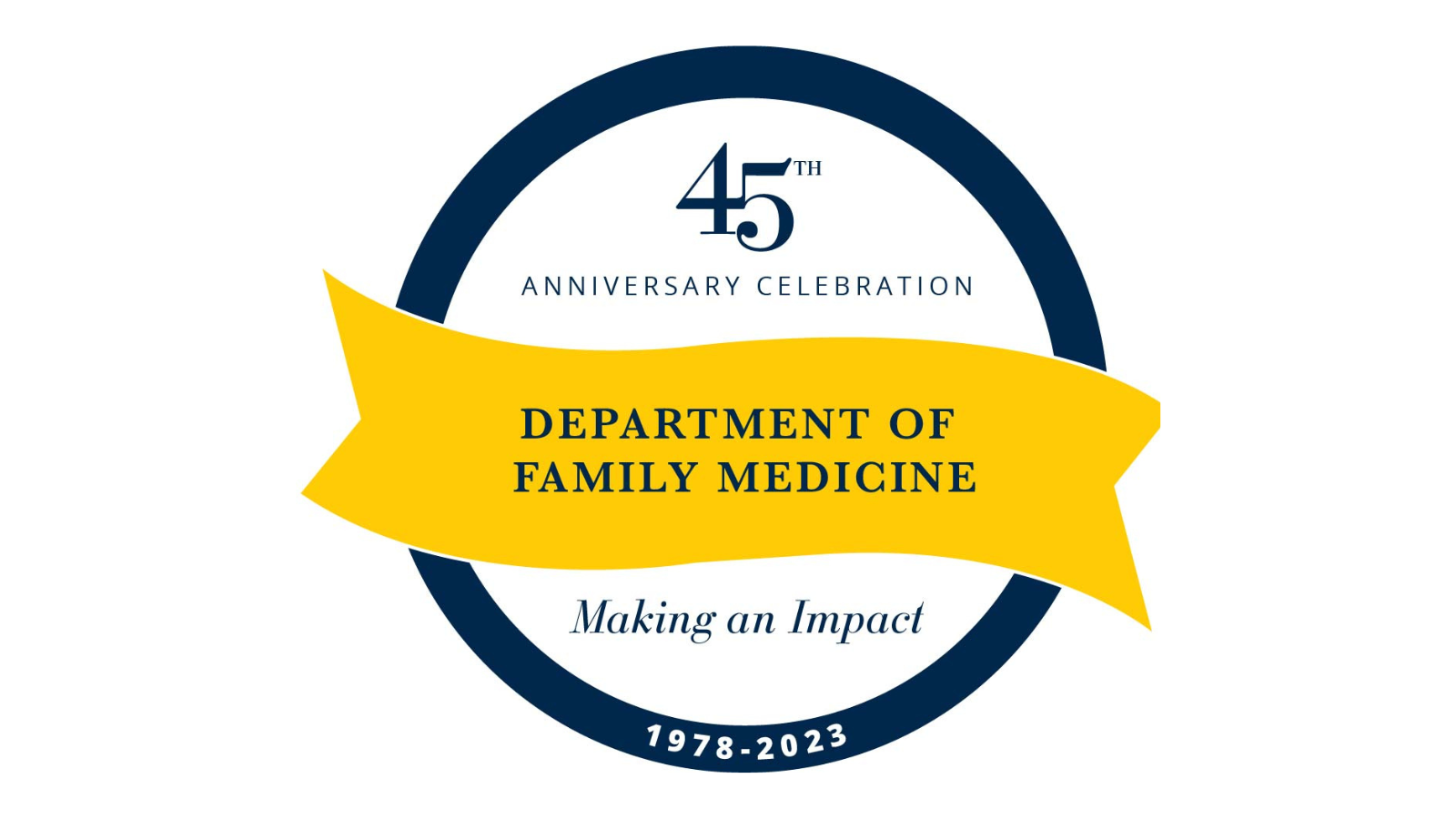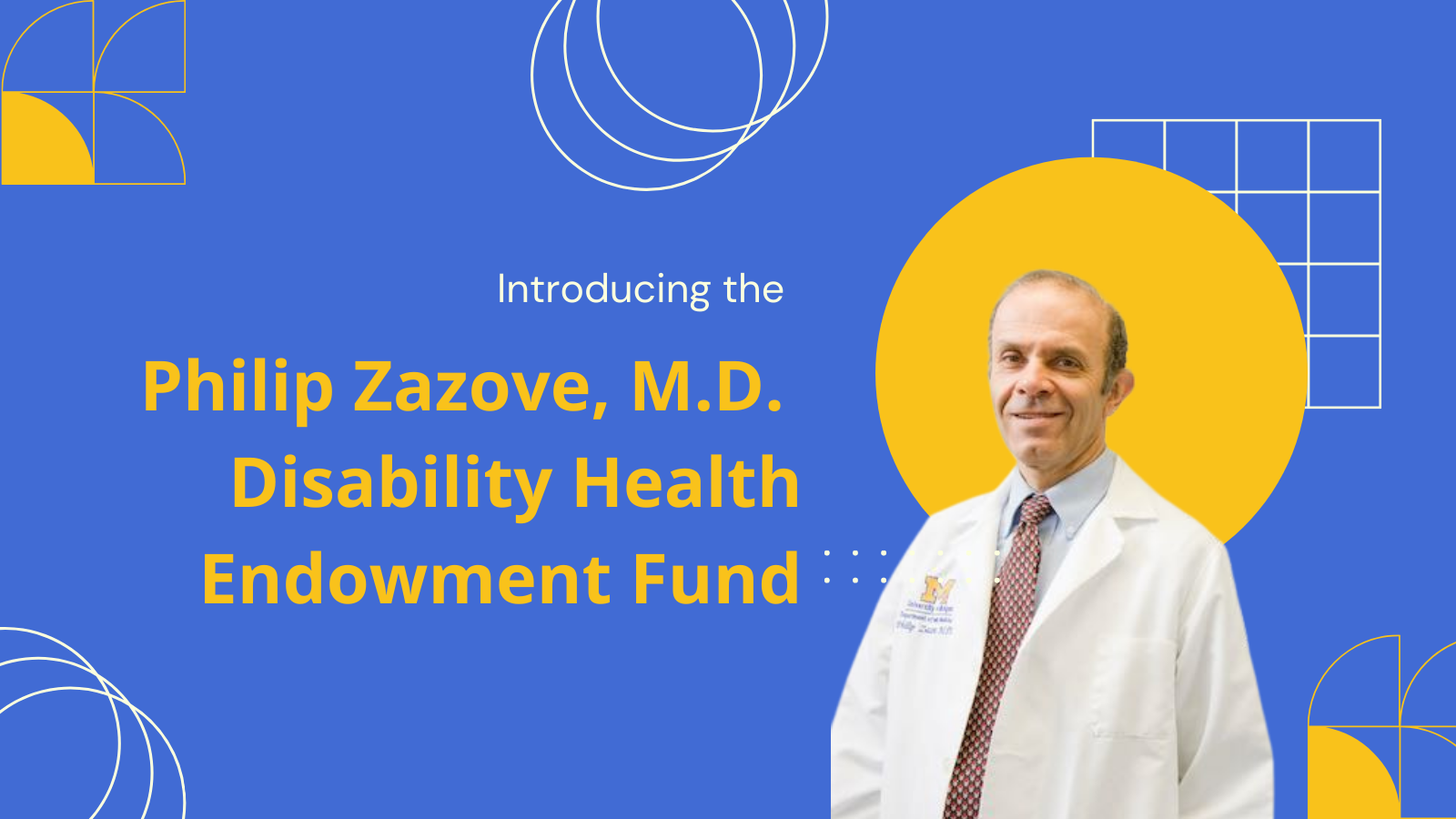Although the COVID-19 pandemic completely turned the healthcare world upside down and shifted the Department’s focus, much work has been done in the background. Prior to the pandemic, the Department had received support from the University of Michigan’s Medical Group (UMMG) to move to a 100% capitated payment system that would ensure a successful future for family medicine at U-M by allowing us to really focus on caring for our patients (vs. how many patients we saw per hour).
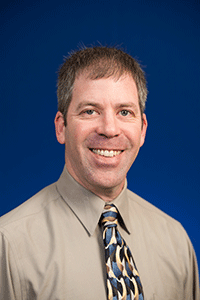
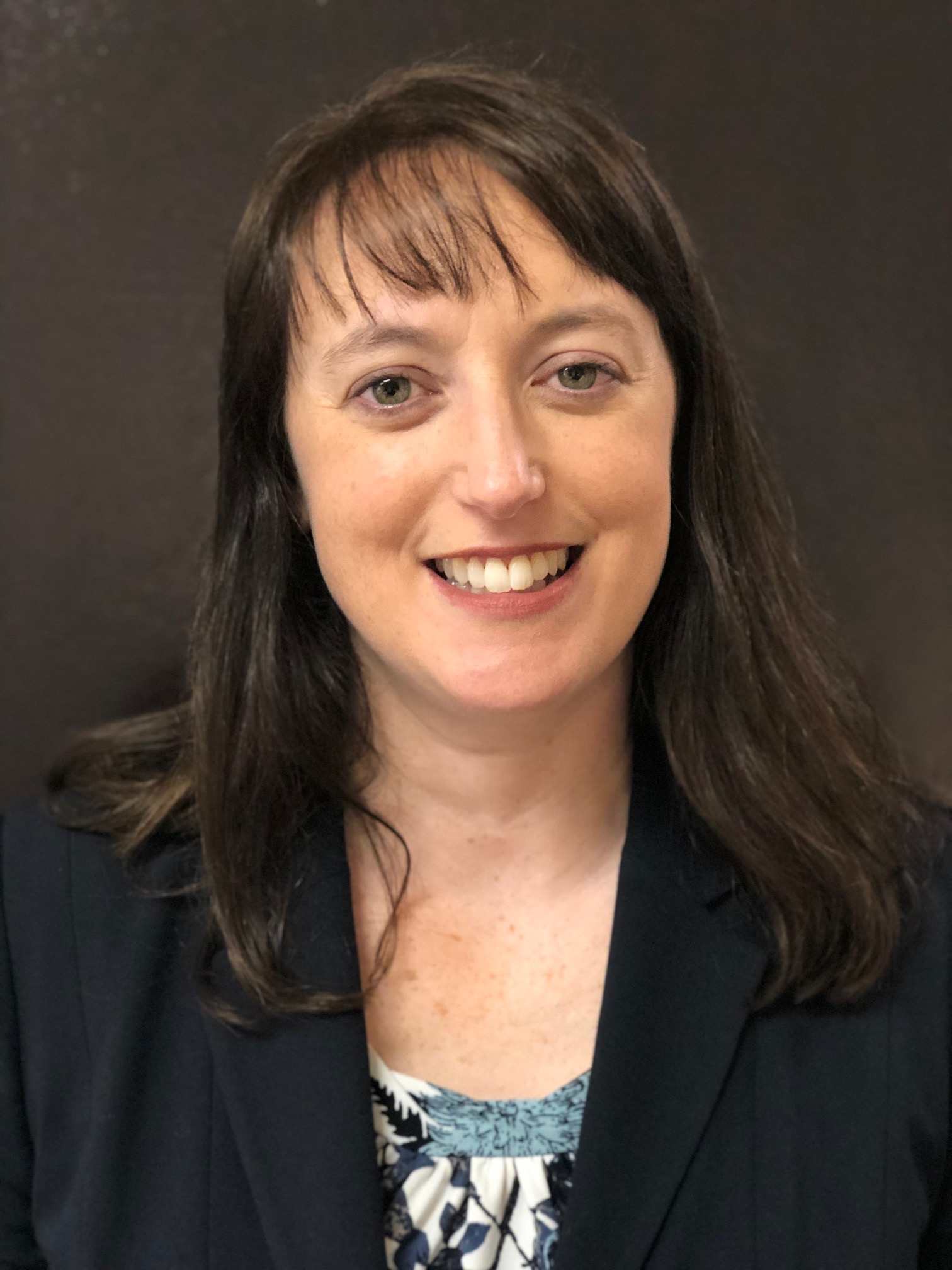
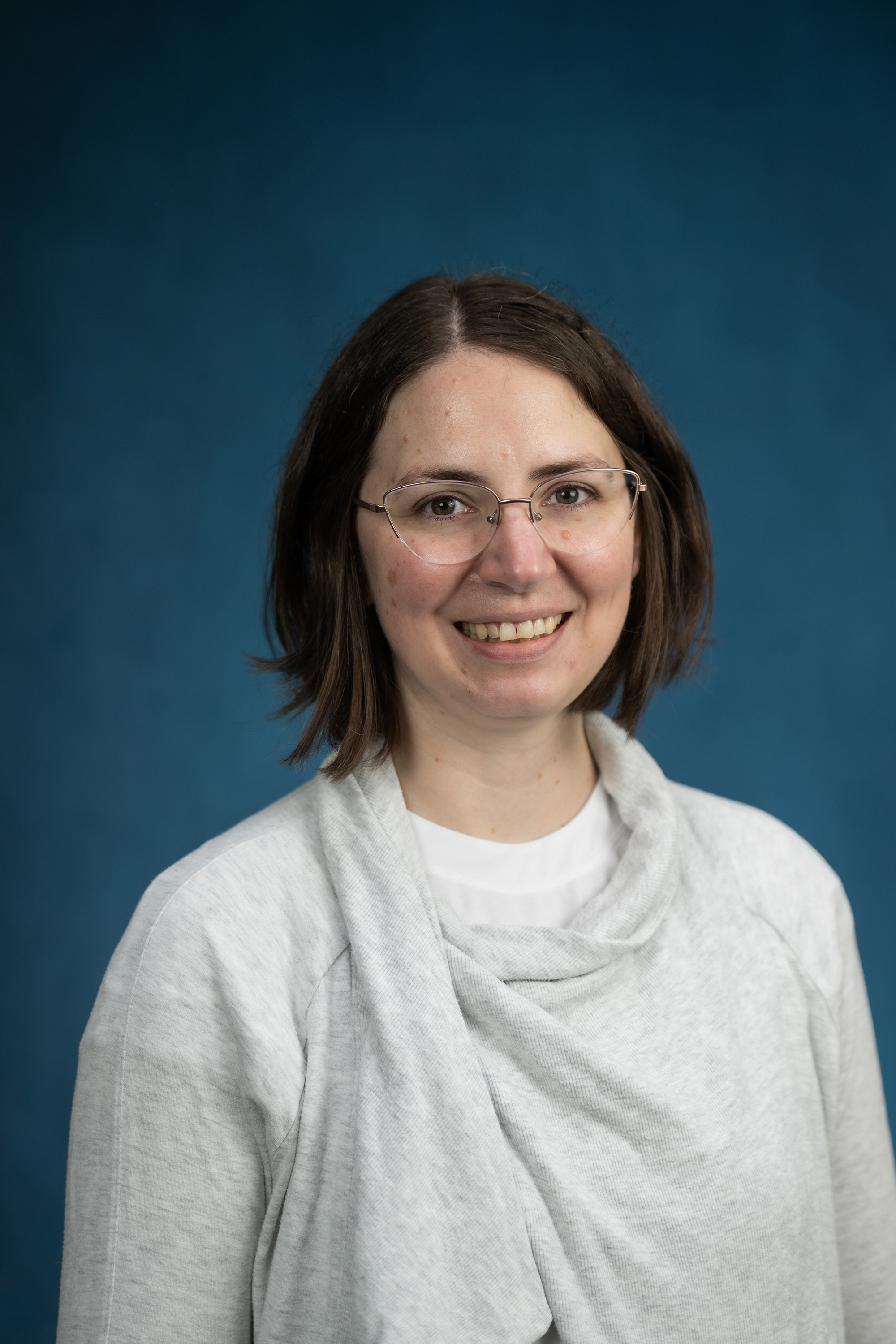
Under the leadership of David C. Serlin, M.D., associate professor and associate chair for clinical programs, Kathryn M. Harmes, M.D., assistant professor and associate chief clinical officer for primary care, and Anna R. Laurie, M.D., assistant professor and director of population medicine, the New Innovative Clinical Experience (NICE) program has been two years in the making. Essentially, NICE is an agreement between the Department and the UMMG to transition, over a five-year period, from 100% RVU payments to 100% capitation (this agreement does not include procedures, specialty work, inpatient work, and obstetrical care). As its commitment, the Department will expand its patient panel three percent per year for five years.
The goal of NICE is to equip family medicine faculty to improve a patient’s access to quality care and to incentivize the quality of care provided, rather than to promote the quantity of patients seen per hour.
This completely shifts the way physicians are able to provide care. As the Department moves toward full capitated payment, faculty physicians will gain the ability to focus on maximizing patient access, quality of care, health outcomes and patient satisfaction. The new system allows innovative approaches to patient care and provides opportunities for individual faculty to pilot interventions to maximize health outcomes for patients and communities. One pilot program that is in the beginning stages is the 3+1 model, which allows physicians one hour of time for non face-to-face patient care work for every three hours spent seeing patients. Another initiative is to increase home visits. Other ideas are in development. Simultaneously, NICE should improve faculty satisfaction. It allows faculty to step off the “hamster wheel” of the fee-for-service payment method and provide care in a way that can best benefit their specific patient population.
NICE crosses all department missions. Beyond the extensive changes to patient care operations, faculty are developing curriculum to teach this new model. Prompted by the pandemic, family medicine residents are learning about virtual care. And, home care and different approaches to preventative care, will be new foci that will involve new instructional approaches for both residents and medical students.

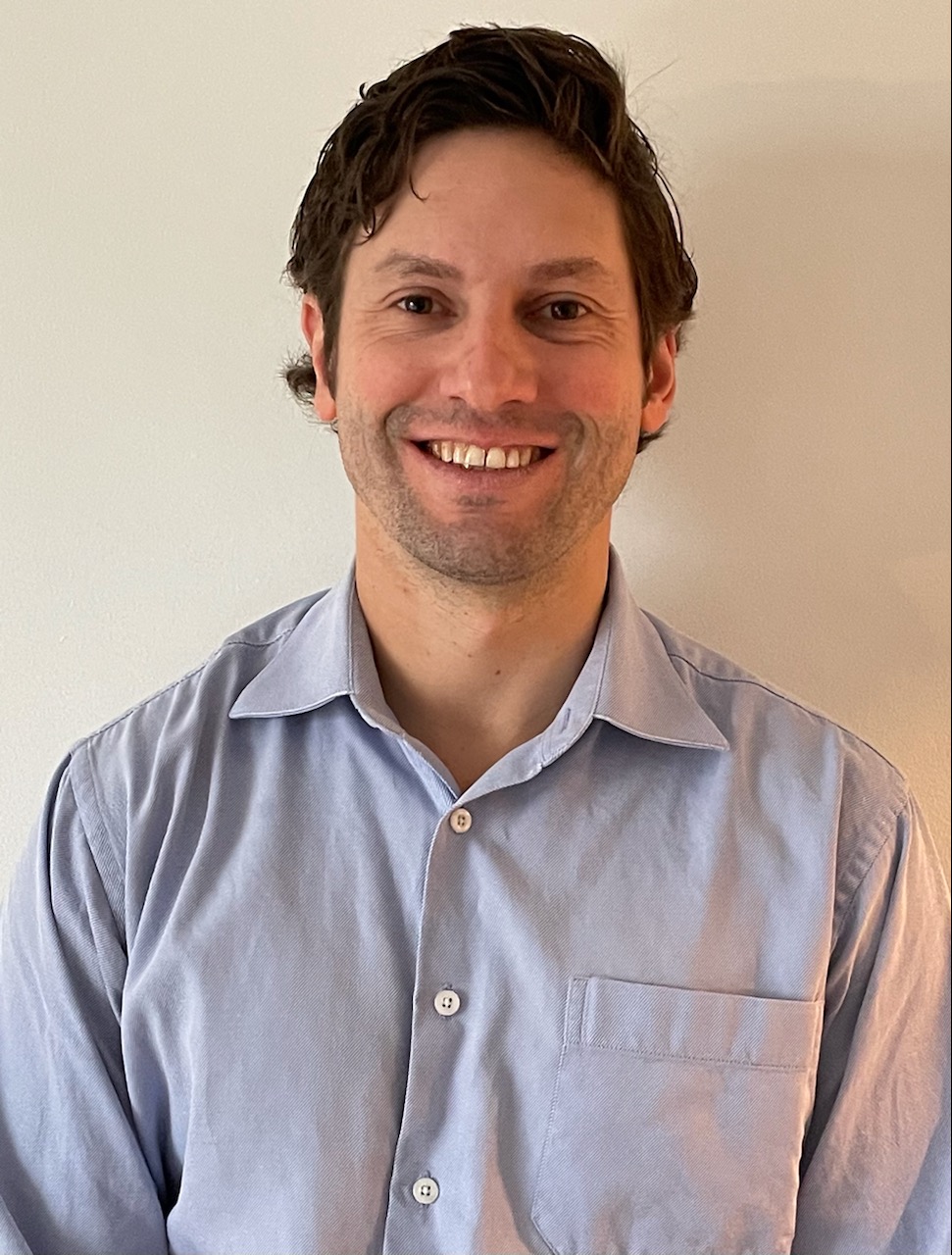

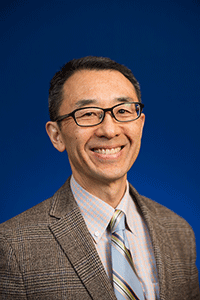
An evaluation team is tasked with developing and implementing a system to measure the success and impact of this clinical transformation. The team consists of Michael S. Klinkman, M.D., M.S., professor; Gregory D. Shumer, M.D., assistant professor; Katherine J. Gold, M.D., M.S.W., M.S., associate professor; and former professor, Masahito Jimbo, M.D., Ph.D., M.P.H. After extensive conversations with outside family medicine experts, and departments that have done somewhat similar transformation work, and in consultation with the department compensation task force and research faculty, the evaluation team has devised a list of measures to be used in the evaluation of the NICE program. The measures fall into one of the following sections:
- Care quality outcomes;
- Population management metrics;
- Cost/Effectiveness of care outcomes;
- Patient-side care process;
- Practice-side care process;
- Patient-side well-being; and,
- Practice-side well-being.
As we move through this tumultuous time in healthcare, this clinical transformation aims to make significant improvements to many aspects of primary care. It has the potential to be one of the biggest, if not the biggest, advances in how care is provided. Most importantly, it should improve the health of our patients and communities.

